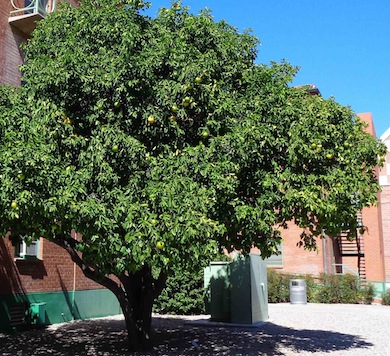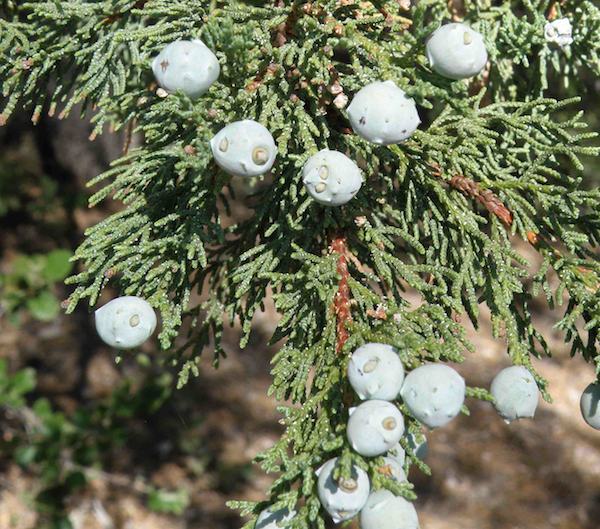Native and Nonnative Trees Native and nonnative edible trees provide food with nutritious proteins, vitamins and minerals. We suggest planting a balance of native and nonnative species to create a diverse, resilient food forest. Native edible trees are those that occur naturally in Arizona regions or ecosystems without the need for human care. They are adapted to the rainfall patterns, temperatures, local climates and microclimates around Arizona and have supported Indigenous peoples for thousands of years. We use the term native broadly to include plants native to the greater Southwest and the Sonoran Desert of Mexico. Nonnative edible trees have been introduced to Arizona from regions around the world. With sufficient water, many nonnative edible trees can be well adapted to local Arizona conditions. Native and nonnative edible trees offer a variety of different foods, including fruits, nuts, berries, pods, seeds, leaves and flowers that are nutritious and enhance the culinary and taste experiences of a community. Some trees provide food resources to eat throughout the year, and others have seasonal fruits and nuts that can be eaten fresh or can be harvested, processed and stored as long-term food sources. Many native trees require less water, fewer nutrient inputs and less care over their lifespans than nonnative trees, but they may not be familiar to people as everyday food sources. Nonnative edible trees often require more water, more nutrient inputs, and more pruning and care. Nonnative trees should be selected carefully so the varieties and types of trees are well suited for the site and are likely to produce well. As you learn more about the many edible trees in Arizona, you can choose a good balance between low-resource-using native edibles and nonnative edible trees that yield more familiar fruits. Native trees can be interplanted with nonnative trees to provide shade, frost protection, and wildlife habitat and to balance the water needs of your food forest. |
|
|
Benefits of Native Trees
|
|
|
Benefits of Nonnative Trees
|
|
|
CAUTION: Never eat anything that is not properly identified. It is your responsibility to ensure that all fruits, nuts, seeds, pods and other edible products of trees and shrubs are correctly identified and safe to eat before eating them or serving them to others.
Copyright 2023
LEAF is under the fiduciary stewardship of the Arizona Community Tree Council, a 501(c)3 non-profit organization.
70 S Val Vista Drive, Suite A3-186, Gilbert, AZ 85296















